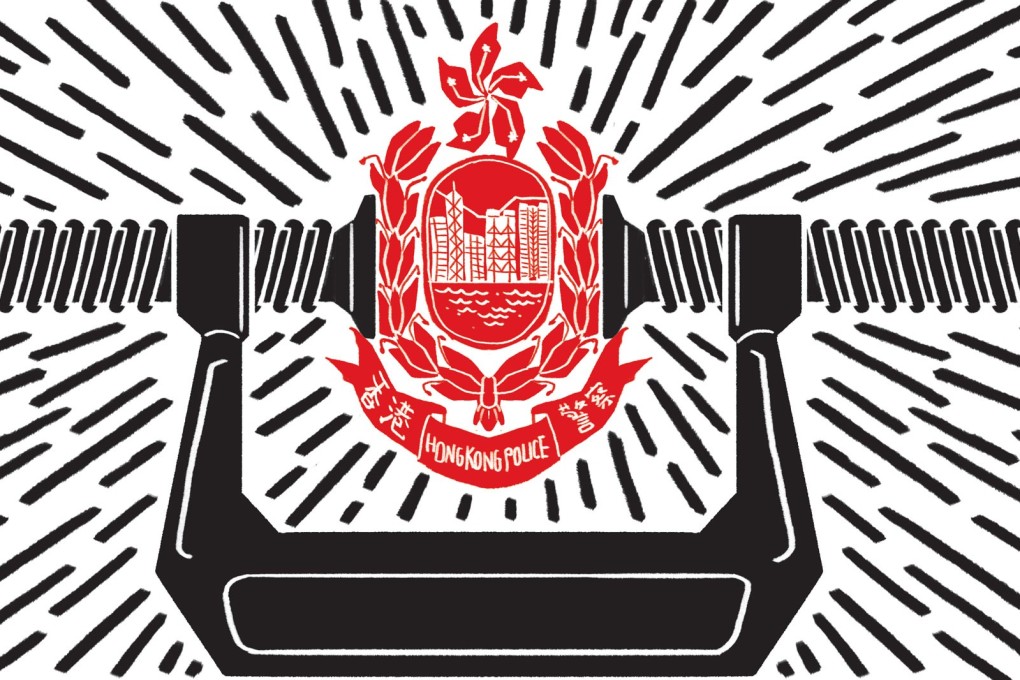Advertisement
How Hong Kong’s embattled police force is holding the city back from the brink against all odds
- In a series of in-depth articles on the unrest rocking Hong Kong, the Post goes behind the headlines to look at the underlying issues, current state of affairs, and where it is all heading
- Once a demoralised force under constant attack by protesters and widely criticised by the public, police are now finding new strength in their role as the last line of defence to prevent total chaos in the absence of a political solution
Reading Time:10 minutes
Why you can trust SCMP

“Your words have completely written off our efforts in maintaining law and order over the past few months, and written off our sacrifices, too. You have completely disappointed us.”
Those lines from a letter that the Hong Kong Police Inspectors’ Association sent to Chief Secretary Matthew Cheung Kin-chung captured the near-breaking point bitterness and hopelessness of the city’s law enforcers after the No 2 government official made a public apology on their behalf on July 26 for their failure to stop a violent mob rampage at Yuen Long MTR station the week before.
That was when more than 100 men wearing white targeted black-clad protesters returning from a mass anti-government rally late at night on July 21, beating anyone in the signature colour of the protest movement.
Advertisement
They also assaulted bystanders and journalists at the scene with sticks, at one point storming a stationary train full of terrified passengers in unprecedented scenes of violence and anarchy. By the time police arrived in force, the attackers had fled.
The official police explanation was there was not enough manpower in Yuen Long that night, with the focus on the mass rally on Hong Kong Island, after which protesters once again clashed with the riot squad.
Advertisement
While tear gas was being fired to disperse crowds in Sheung Wan, police in Yuen Long were tied up with a series of emergencies including other fights, assaults and a fire, the force said.
Advertisement
Select Voice
Choose your listening speed
Get through articles 2x faster
1.25x
250 WPM
Slow
Average
Fast
1.25x